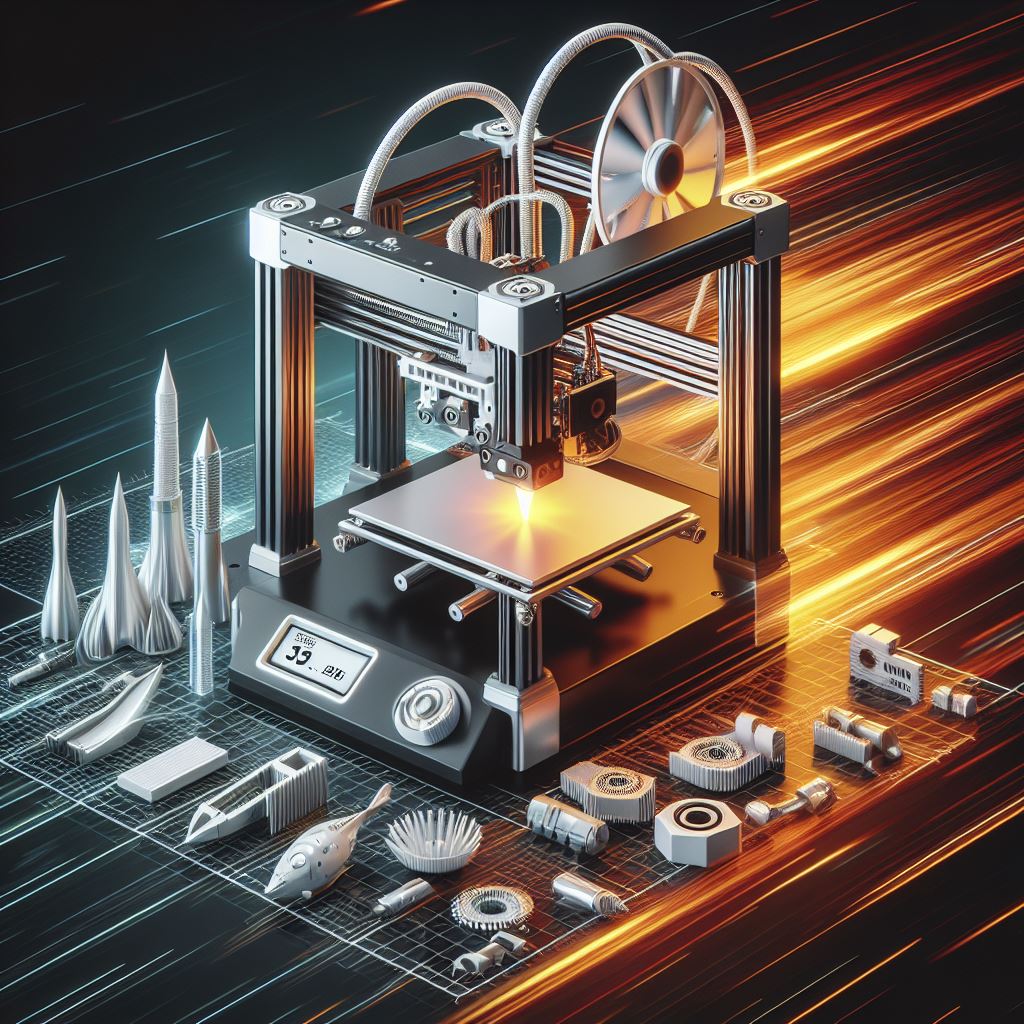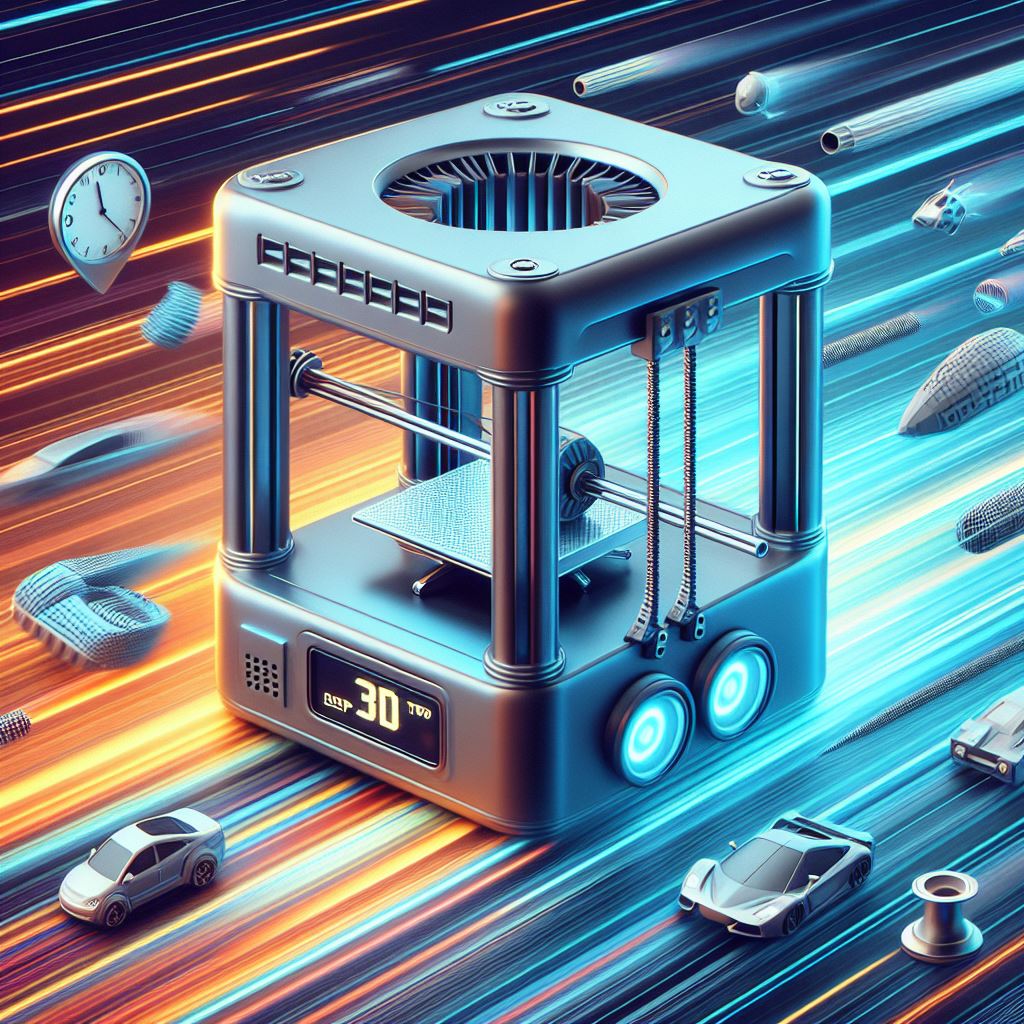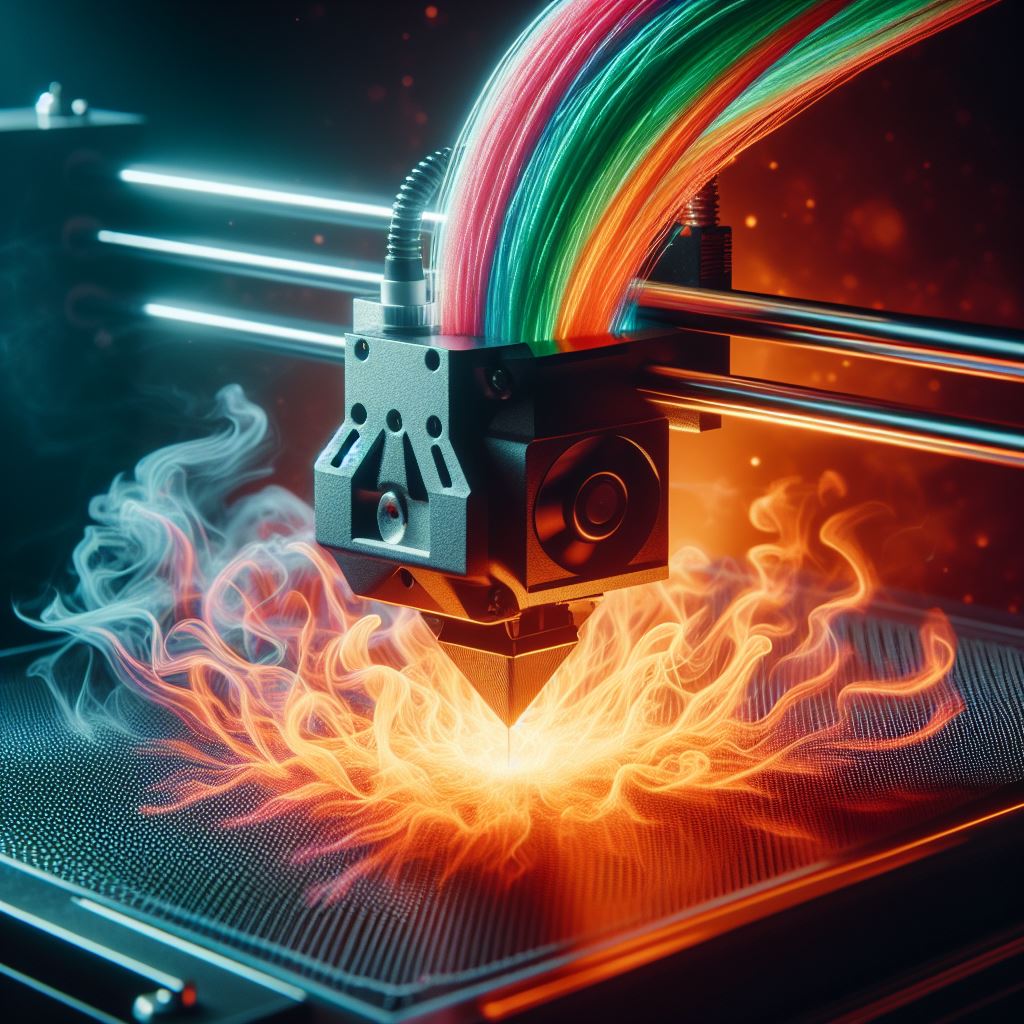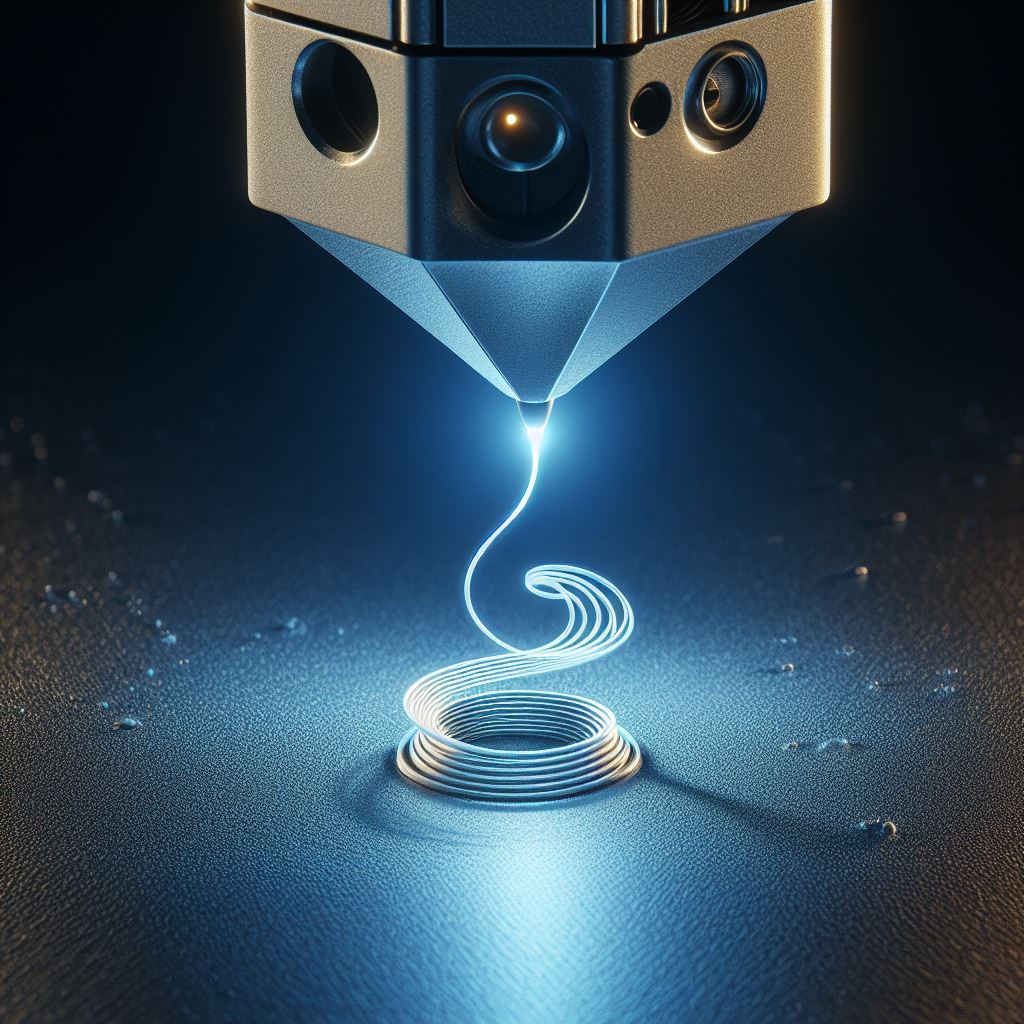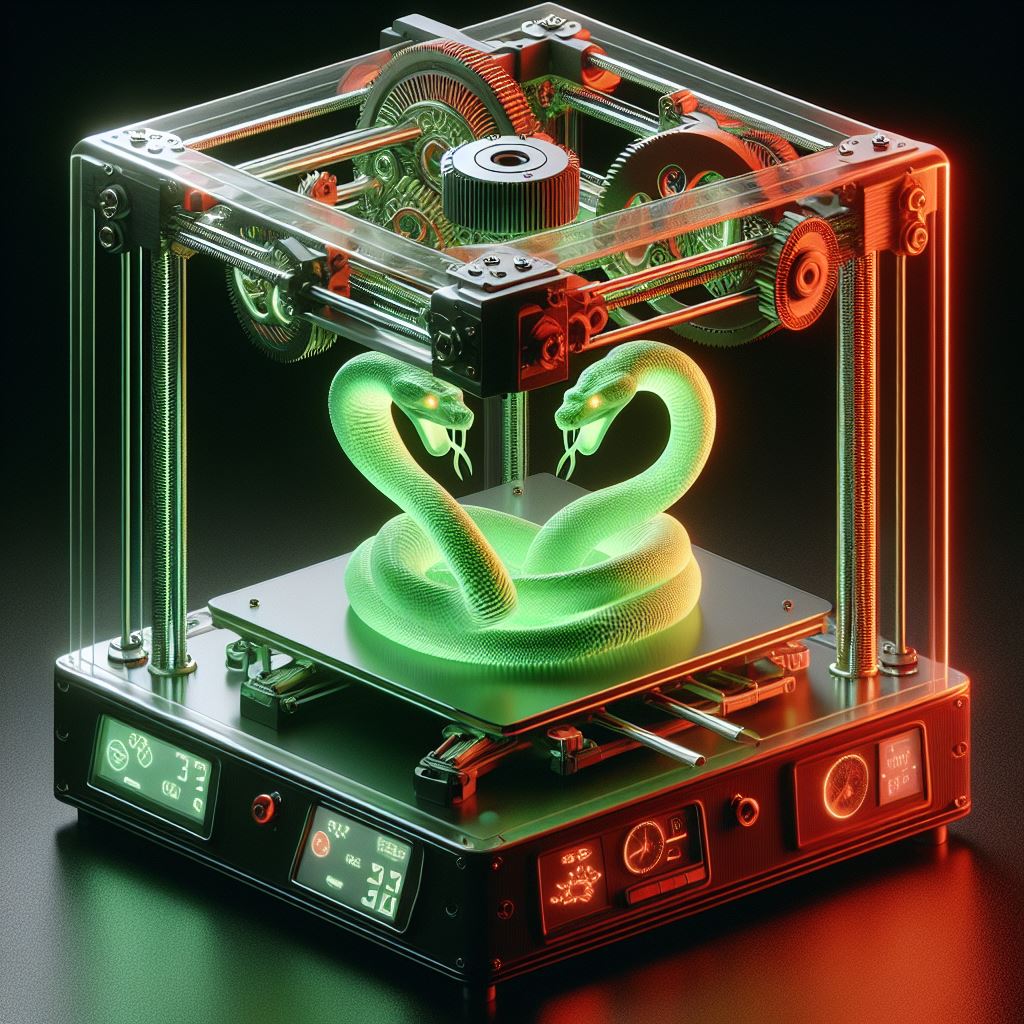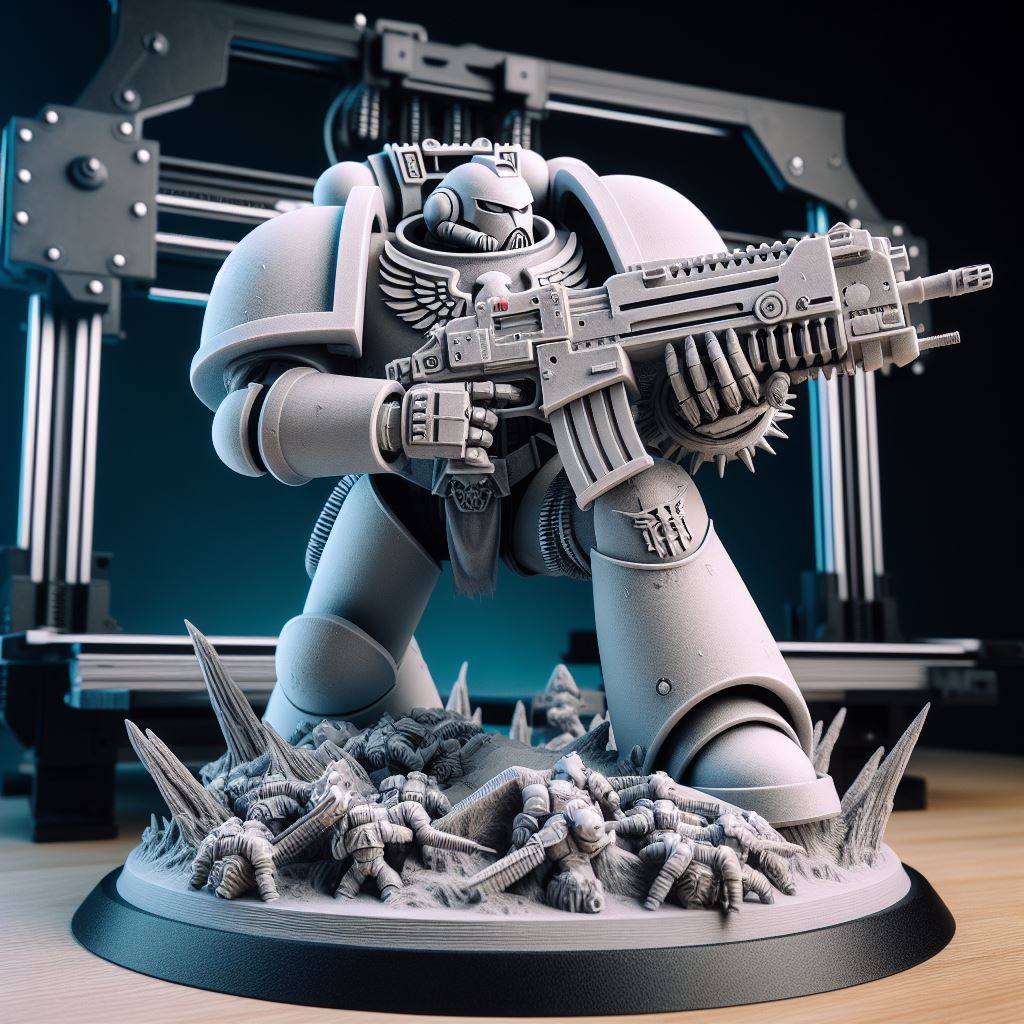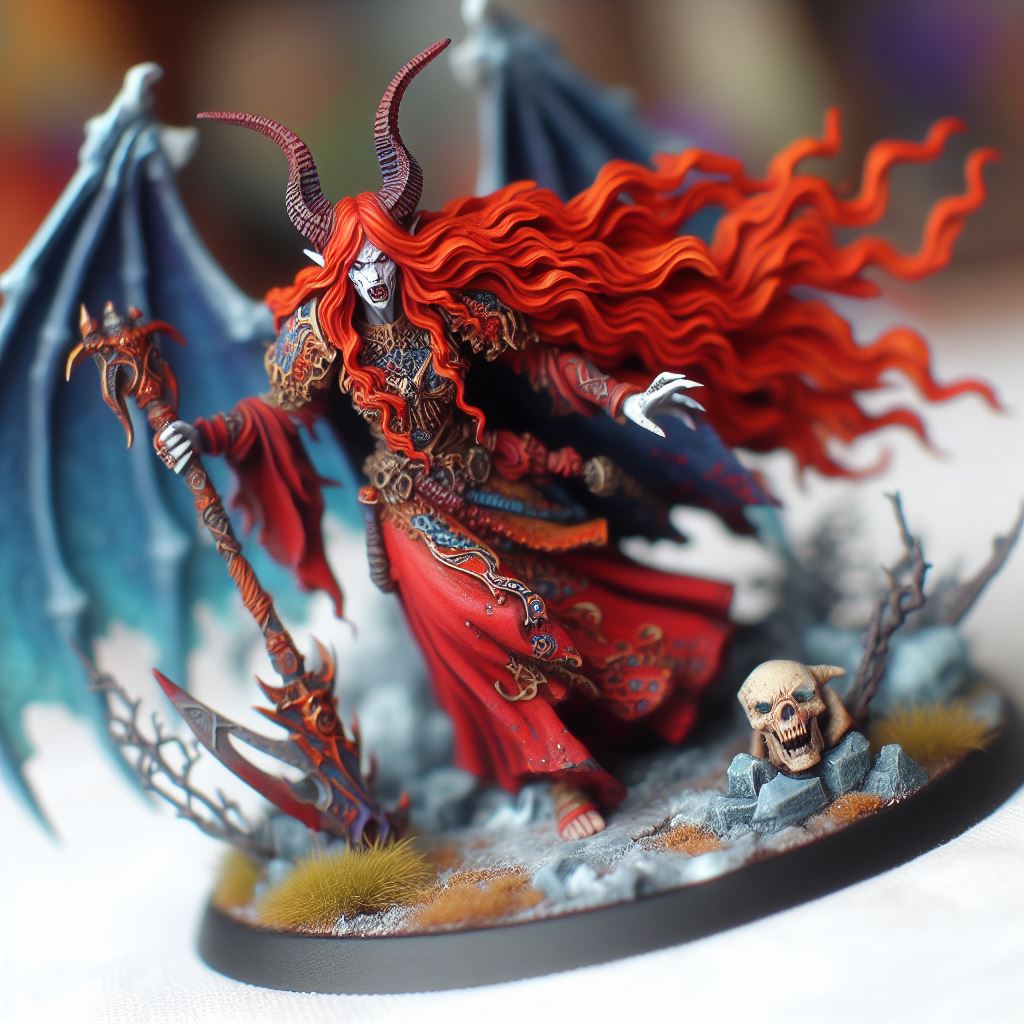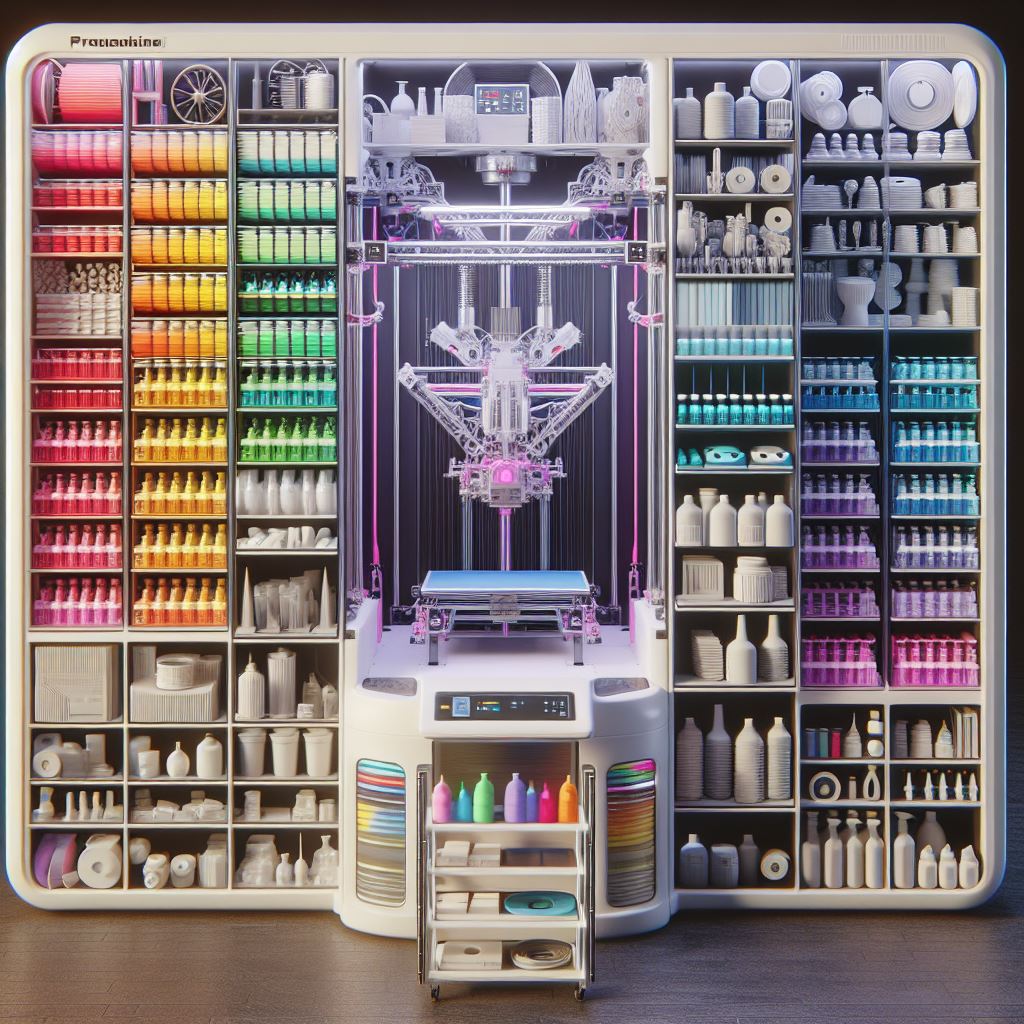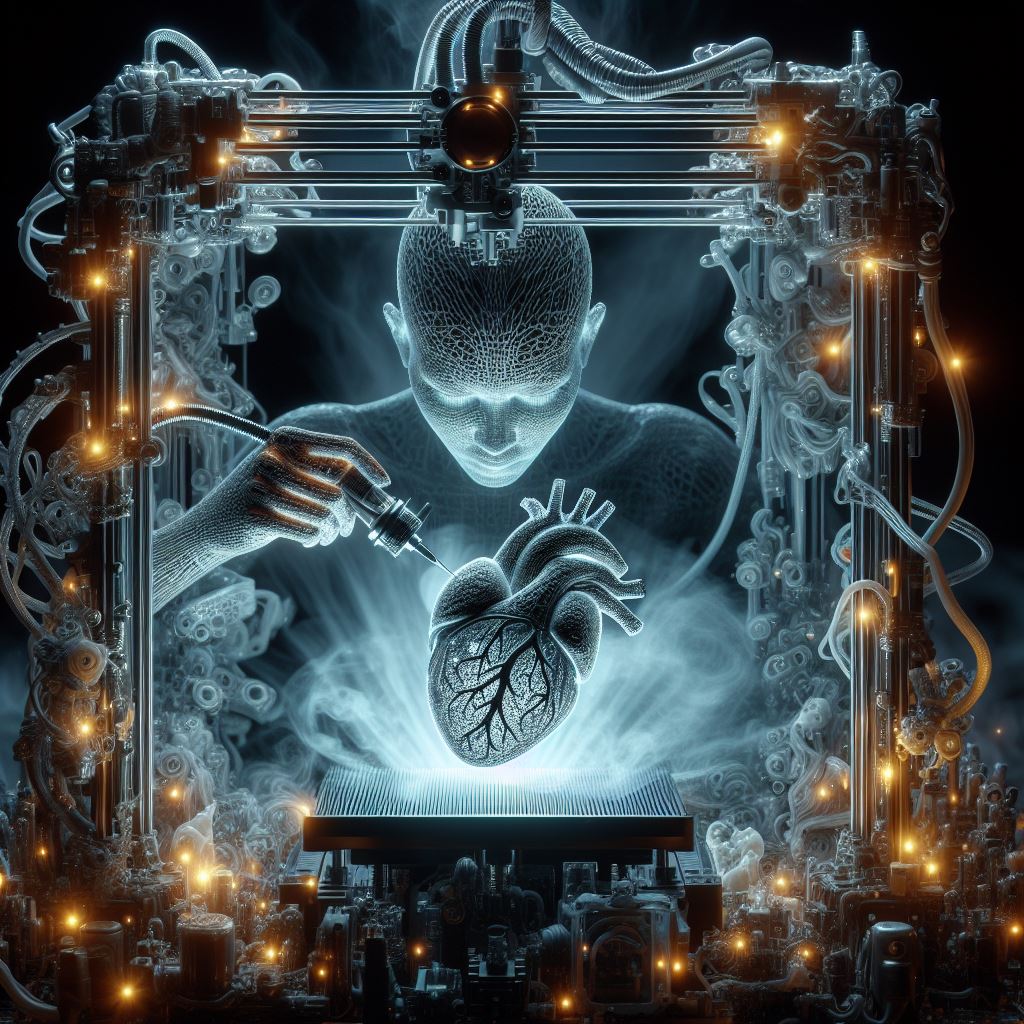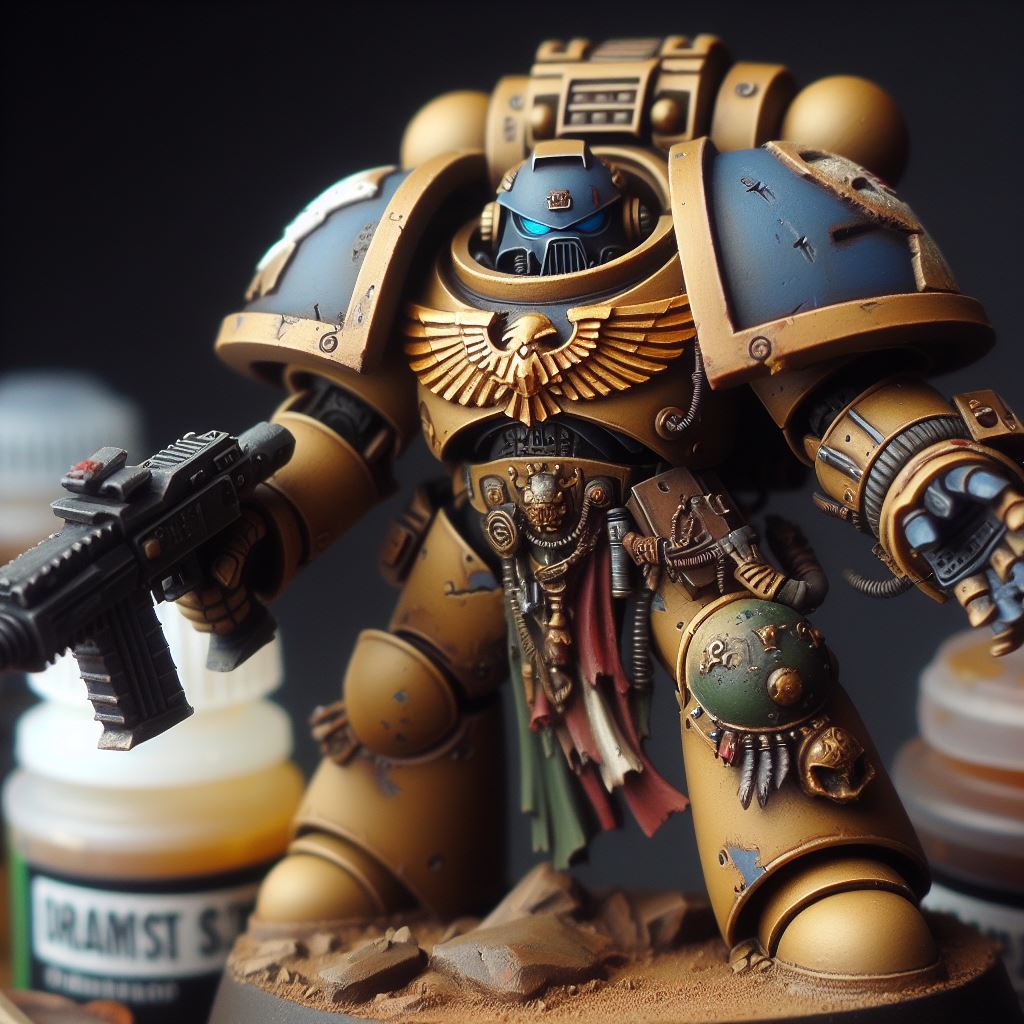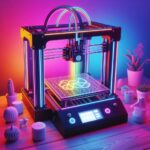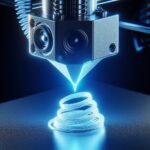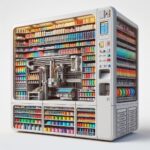How to Fix Common 3D Printing Problems
3D printing brings the power of digital fabrication to your desktop, enabling you to create complex objects with ease. However, as amazing as these machines are, issues can and do occur that will require some troubleshooting and maintenance.
In this comprehensive guide from our team at Warhammer Universe, we’ll walk you through the top 10 most common 3D printing problems and proven solutions to get your printer humming smoothly again. With over 20 years of hobbyist experience, we’re passionate about helping the 3D printing community succeed.
#1 Problem: Not Extruding at Start
You initiate a print job but no filament comes out. The print head moves, but nothing is deposited on the build plate. This is one of the most frustrating issues for beginners.
Potential Causes:
- No filament loaded – Check that a spool is mounted and filament is threaded through the extruder
- Clogged nozzle – Buildup of burnt debris is preventing extrusion. This can happen when switching filament types
- Stripped filament – The extruder gear is slipping on the filament rather than pushing it
- Nozzle too close/far from bed – Adjust height so filament can flow freely
- Loose drive gear – The hobbed bolt that grips the filament is not tight enough
Solutions:
- Check filament is loaded, clear any jams around the spool and extruder inlet
- Carefully clean nozzle with acupuncture needle while hot or atomic pull method
- Adjust nozzle height with z-offset menu, should be about sheet of paper thickness
- Loosen idler tensioner to reduce grinding force on filament
- Tighten hobbed bolt if slipping – be careful not to overtighten
#2 Problem: Print Not Sticking to Bed
Your print starts nicely but then separates from the build plate and gets knocked loose mid-print. This is frustrating but easily fixed.
Potential Causes:
- Unlevel build plate – The plate has gotten skewed over time, not allowing proper squish
- Nozzle too far from bed – Similar to unleveling, improper standoff prevents adhesion
- Cool temperatures for filament – Certain materials like ABS prefer a hotter bed
- Insufficient bed adhesion – Grease from fingerprints can reduce stickiness
- Oily or dirty surface – Cleanliness is key for plate bonding
Solutions:
- Re-level with paper method, adjusting the knobs under the bed
- Adjust z-offset value and babystep during first layer to optimize squish
- Increase bed heat 5°C at a time for fussier materials like ABS
- Use adhesive helpers like diluted PVA glue, hairspray, or adhesive stickers
- Clean plate thoroughly with 90% isopropyl alcohol
#3 Problem: Filament Grinding or Nozzle Jams
A loud clicking or grinding sound comes from the extruder and no more filament extrudes. This often indicates a clog blocking the hot end.
Potential Causes:
- Heat creep softening filament early – Filament becomes molten too soon and gums up the extruder
- Burnt material blocking nozzle – Old filament pieces char and clog the tiny hole
- Foreign debris jamming nozzle – Bits of processed material accumulate over time
Solutions:
- Cold pull method to remove clogs – Retract filament strategically while hot
- Disassemble and thoroughly clean nozzle with needle and pipe cleaners
- Check drive gear and hobbed bolt for tightness, replacements may be needed after extensive use
#4 Problem: Weak Infill
You print a part but find it breaks easily with light force. Upon inspection, the infill structure looks sparse with gaps rather than forming a dense internal lattice.
Potential Causes:
- Low infill density percentage – Try 15-40% for better strength on bigger prints
- Fast print speeds overworking extruder – Slow down for complex patterns to allow clean definition
- Insufficient internal support – Upgrade infill pattern from lines to gyroid or cubic
Solutions:
- Increase infill density parameter in slicer settings
- Slow down infill speed value to allow filament time to settle
- Try different infill patterns – cube, triangle, gyroid for strength
#5 Problem: Prints Warping or Peeling
You start a longer print job but find the edges warping up from the print bed later in the job or even popping off completely.
Potential Causes:
- Cooling too fast causing contraction – Squish and good stick in first layer keeps prints anchored
- Insufficient bed adhesion – Dirty build plates or fingerprints will reduce stick
- Low ambient temperatures – Some materials like higher chamber temps
Solutions:
- Enclose printer in insulation to control climate
- Increase bed temperature 5-10°C
- Use adhesive helpers like diluted PVA glue or dedicated stick sprays
#6 Problem: Blobs and Zits
Your prints complete successfully but have small stray strings, globs, and zits on the visible outer walls rather than a smooth surface finish.
Potential Causes:
- Excess material oozing – Nozzle leaks melted plastic on travel moves without retract
- Overextrusion problems – Flow rate is calibrated too high
- Retraction settings need tuning – No “anti-stringing” parameter dialed in
Solutions:
- Reduce flow rate by 5-10% in slicer settings
- Tighten retraction length/speed until strings disappear
- Add travel move nozzle wiping to clean drool with nozzle brush
#7 Problem: Pillowing on Top Layers
The top skin of your prints appear inflated with gaps between infill peaks visible from the outside rather than solid uniform layers.
Potential Causes:
- Cooling too quickly – Suddenly cooling the just-laid top layer causes it to curl
- Insufficient top layer count – Add 4-8 extra solid skins for a glassy surface
- Hotend too hot causing oozing – Excess heat makes filament too molten and stringy
Solutions:
- Reduce print cooling fan speeds for top layers only
- Specify extra solid top layers in addition to defaults
- Reduce nozzle temperature 5-10°C below midpoint of filament range
#8 Problem: Layer Shifts
Your prints seem to shift over by fractions of an inch in certain layers leading to distortion rather than vertical accuracy.
Potential Causes:
- Belts skipping or too loose – Tension can slacken over time without retightening
- Nozzle catching print – Newly hardened layers snag the nozzle during travel moves
- Vibrations from environment – Even small motions get amplified as the print grows
Solutions:
- Tension belt pulleys with hex wrench for axis in question
- Increase z-hop distance to retract further when moving
- Place printer on super stable surface and isolate if possible
#9 Problem: Too Fast/Slow Extrusion
You have gaps between layers or excess build up blobs on your prints indicating flow calibration issues.
Potential Causes:
- Wrong filament diameter – Double check slicer value matches measurement
- Extrusion multiplier needs tuning – Fine tune flow rate with single wall test print
- Partial nozzle clogs – Tiny debris alters ideal flow volume
Solutions:
- Physically measure filament diameter and update in slicer
- Calibrate e-steps and flow rate precisely – vital for perfect prints
- Clear nozzle unclogs; replace nozzle completely if needed
#10 Problem: Infill Visible
from Outside You can see the internal honeycomb or grid pattern imprinted on your solid outer walls rather than a smooth surface.
Potential Causes:
- Thin shell count allows shadowing from inside structure
- Low infill overlap percentage value – Needs to bridge air gap with enough material
Solutions:
- Specify higher wall line count for model
- Raise infill overlap percent setting incrementally until issue resolves
By methodically troubleshooting issues and finely tuning your printer settings, you’ll set yourself up for smooth sailing 3D printing. For more tips or project ideas, check out our YouTube channel at Warhammer Universe. We can’t wait to see what you create!
Let us know in the comments if you have any other 3D printing issues you’d like help resolving. Our team is always happy to lend a hand!
Related Articles
Discover the leading 3D printers for smoothly printing intricate miniatures to enhance your tabletop gaming. Our guide helps you choose the top device for hobbyists wanting remarkable quality and detail.
Boost success sculpting your own miniatures with this step-by-step beginner’s guide for 3D modeling and printing for unique designs. Master basic skills for making personalized figures.
What are the costs of 3D printing for constructing Warhammer units and armies in 2024? Our guide helps estimate expenses for materials and printer operation so you can budget for your hobby.
Learn techniques to how to 3D print Warhammer miniatures with this introductory guide covering simplified slicing methods for impressive tabletop models. Great for new hobbyists.
Find the best sites for 3D model files ready for printing quality miniatures. Our 2024 guide compares top places to purchase so you can access intricately designed figures.
Is it acceptable to 3D print Warhammer miniatures? Get the latest 2024 guidelines covering legal considerations, IP rights, tournaments, and more so you can enjoy the hobby freely.
This support guide teaches you how to make good structures for 3D printing intricate miniatures. Learn techniques for crisper models less likely to warp or shift during printing.
Learn how to remove stringing on your 3D printed miniatures using our 2024 troubleshooting guide. Discover what causes strings and how to adjust slicer settings for clean prints.
Utilize this 2024 primer guide to discover the optimal spray paints for prepping 3D printed miniatures before painting. Learn to achieve maximum adhesion for enduring, vibrant colors.
Construct an army blending both 3D printed and official miniatures affordably using kitbashing techniques. Our guide teaches you to personalize units with custom elements.
Demystify slicer software for beginners with this step-by-step guide to orienting models before printing intricate miniatures. Learn basic functions for cleanly generating supports.

